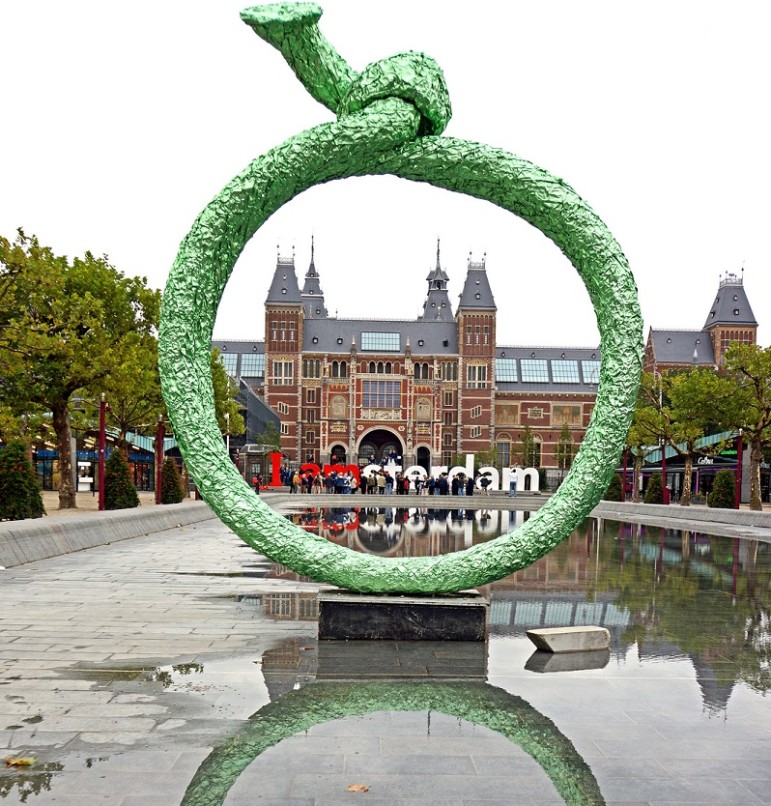
November 24, 2015; Hyperallergic
If you’ve been to a museum exhibit recently, did you take photos on a mobile device? If so, did the process help you to feel more engaged with the works on display, or did it leave you feeling more like a passive observer? In the name of enhancing the visitor experience, Amsterdam’s Rijksmuseum has been getting attention for a campaign called #startdrawing, which aims to replace the distractions that can come with mobile phones in favor of a more direct viewing experience, ideally one filled with “beauty, magic and wonder.”
An internationally renowned museum, the Rijksmuseum is home to many masterpieces, including Vermeers and Rembrandts, and last year an entire documentary was released about the museum’s ten-year renovation. So with all of these assets, it makes sense that the museum would want to help visitors to make the most of their gallery experience.
The theory behind the museum’s new campaign is that freeing people from mobile devices also frees them up for closer viewing and connecting with works of art. Although mobile devices have not been banned from the galleries, the Rijksmuseum has established “Drawing Saturday” as a day when visitors can come to the museum, receive a free sketchbook and hone their sketching skills.
Sign up for our free newsletters
Subscribe to NPQ's newsletters to have our top stories delivered directly to your inbox.
By signing up, you agree to our privacy policy and terms of use, and to receive messages from NPQ and our partners.
The question of how to most effectively use—or ignore—media to enhance the learning experience that adults have in museums has long troubled the museum education field. A recent essay in the July 2015 issue of the Journal of Museum Education, “Embracing Change: Museum Educators in the Digital Age,” observes that “as users fluidly move between online and in-person engagement, museums will need to develop strategies and/or structures to ensure these experiences are considered as a cohesive whole.”
When the Cooper Hewitt Museum in New York City underwent a major renovation, as part of what the museum is calling “the new Cooper Hewitt Experience,” it began to provide visitors with a computerized pen that gives visitors the power to “collect” and “save” objects of interest by scanning their labels. As a design museum, the Cooper Hewitt has devoted considerable attention to the issue of how visitors will interact with the new device and have even added an explanatory video on the topic to their site. After leaving the museum and returning home, a visitor can then scan the web address printed on his or her admission ticket and find “everything you have collected waiting for you.” As a creative way to build a visitor’s loyalty with the museum itself, the Cooper Hewitt also suggests that visitors “come back to the museum and keep building your collection, or share it with your friends.”
As museums work to build their audience base in the midst of a changing world, the question of how to most effectively engage adult visitors is apt to recur.—Anne Eigeman












